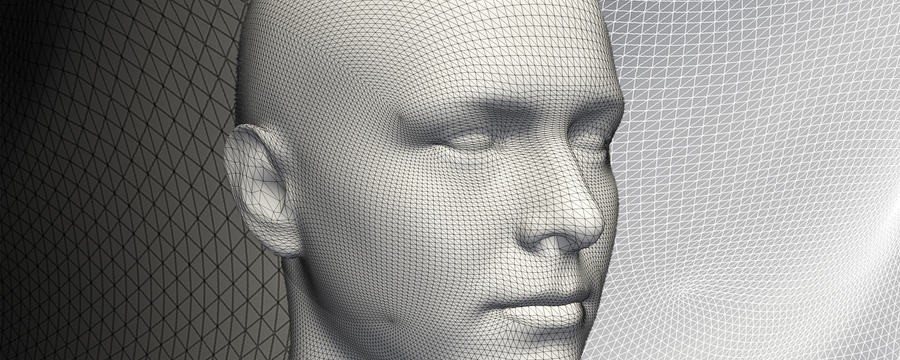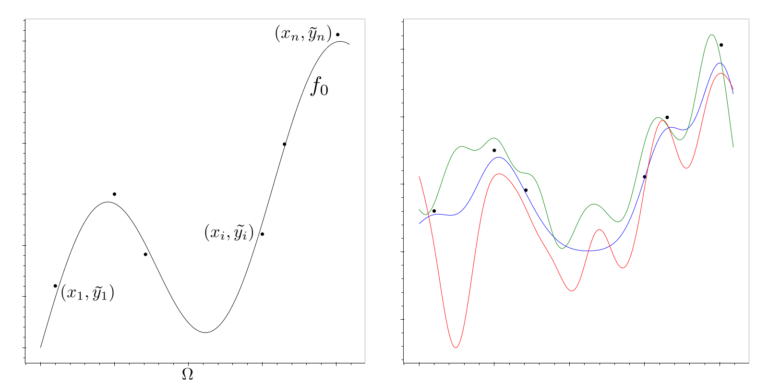Home / Healthcare & Medicine / Medical Technology / Statistical Shape Modelling: Computing the Human Anatomy / The regression problem
This article is from the free online
Statistical Shape Modelling: Computing the Human Anatomy


Reach your personal and professional goals
Unlock access to hundreds of expert online courses and degrees from top universities and educators to gain accredited qualifications and professional CV-building certificates.
Join over 18 million learners to launch, switch or build upon your career, all at your own pace, across a wide range of topic areas.

 Figure 1: the regression setting (left) with some possible solutions that explain the data (right)
Figure 1: the regression setting (left) with some possible solutions that explain the data (right)
 Figure 2: the regression problem for shape is to infer from the given deformations (left) the regression function (u_0) (right).
Figure 2: the regression problem for shape is to infer from the given deformations (left) the regression function (u_0) (right).
 Figure 3: two typical applications of regression in shape modelling: inferring the full shape from a sparse set of measurements (left) and reconstructing the complete shape from a given part of the shape (right).
Figure 3: two typical applications of regression in shape modelling: inferring the full shape from a sparse set of measurements (left) and reconstructing the complete shape from a given part of the shape (right).





